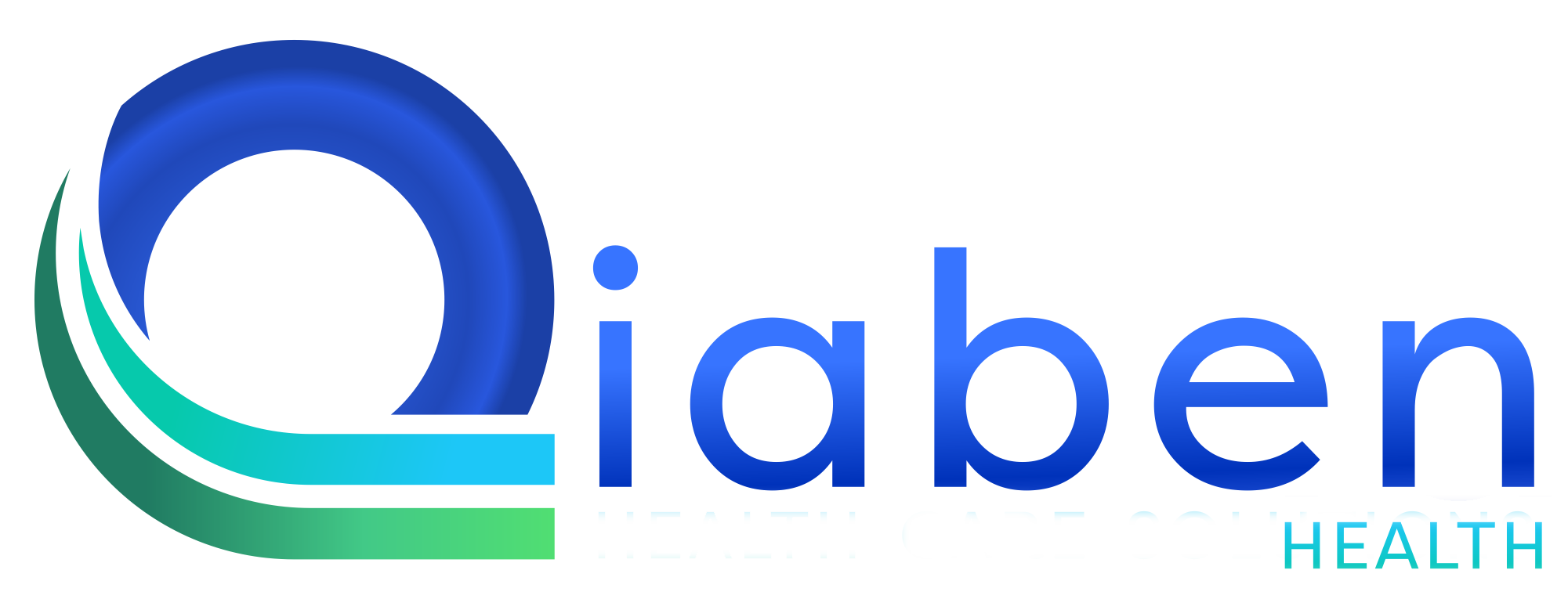Introduction
Dental billing is a critical aspect of managing a dental practice. It directly impacts the revenue, compliance with regulations, and overall patient satisfaction. Keeping up with the latest billing trends is essential for dental practitioners to streamline their operations and maximize efficiency. This article delves into the current trends in dental billing, supported by data and facts from the USA.
Types and Categories of Dental Billing
Insurance Billing
PPO (Preferred Provider Organization) Billing PPO plans allow patients to choose any dentist but provide higher benefits for services from dentists within the network. Billing for PPO involves understanding in-network vs. out-of-network charges.
HMO (Health Maintenance Organization) Billing HMOs require patients to choose a primary dentist and get referrals for specialists. Billing is generally more straightforward but can involve more regulations and lower reimbursement rates.
Indemnity Plan Billing These traditional insurance plans offer the most flexibility but often come with higher out-of-pocket costs for patients. Billing requires detailed tracking and coding for services rendered.
Patient Direct Billing
Self-Pay Billing Some patients prefer to pay out-of-pocket without involving insurance. This method can simplify billing but requires clear communication about costs and payment policies.
Payment Plans and Financing Options Offering payment plans can make dental care more accessible. Practices must manage these plans carefully to ensure timely payments.
Electronic vs. Paper Billing
Electronic Billing Systems Electronic billing is becoming the norm, offering faster processing, reduced errors, and easier tracking of claims.
Paper Billing Methods While less common, some practices still use paper billing. This method can be more prone to errors and delays.
Symptoms and Signs of Ineffective Dental Billing
Financial Discrepancies
Frequent Billing Errors Errors in billing can lead to significant financial losses and patient dissatisfaction. Common mistakes include incorrect coding and miscalculation of fees.
Unreconciled Accounts Failure to reconcile accounts regularly can result in discrepancies and potential financial issues.
Patient Complaints
Confusion Over Bills Patients often complain about confusing bills, which can harm the practice’s reputation. Clear, itemized billing can help mitigate this issue.
Delayed Insurance Claims Delayed claims can frustrate patients and affect the practice’s cash flow. Ensuring timely submission and follow-up on claims is crucial.
Operational Inefficiencies
Increased Administrative Time Inefficient billing processes can consume excessive administrative time, reducing the time available for patient care.
High Claim Denial Rates A high rate of denied claims can indicate underlying issues in the billing process that need to be addressed.
Causes and Risk Factors of Billing Issues
Human Error
Incorrect Coding Coding errors are a common issue in dental billing. Regular training and updates on coding practices can help reduce these errors.
Data Entry Mistakes Simple data entry errors can lead to significant billing problems. Implementing checks and balances can minimize these mistakes.
Software Limitations
Outdated Systems Using outdated billing software can lead to inefficiencies and errors. Upgrading to modern systems can improve accuracy and efficiency.
Inadequate Integration Lack of integration between billing software and other practice management systems can result in duplicated efforts and errors.
Regulatory Compliance
HIPAA Violations Failing to comply with HIPAA regulations can result in severe penalties. Ensuring that billing practices adhere to these standards is essential.
Insurance Carrier Regulations Different insurance carriers have varying regulations and requirements. Staying informed about these can prevent billing issues.
Diagnosis and Tests for Billing Effectiveness
Audit Procedures
Internal Audits Regular internal audits can help identify and rectify billing issues before they become significant problems.
External Audits Hiring external auditors can provide an unbiased assessment of the practice’s billing processes.
Key Performance Indicators (KPIs)
Claim Acceptance Rates Monitoring the acceptance rate of claims can provide insights into the effectiveness of the billing process.
Days in Accounts Receivable Tracking the number of days claims remain in accounts receivable can highlight inefficiencies in the billing cycle.
Patient Feedback
Surveys and Questionnaires Collecting feedback through surveys can provide valuable insights into patients’ experiences with the billing process.
Direct Feedback Mechanisms Encouraging direct feedback from patients can help identify and address billing issues promptly.
Treatment Options for Billing Challenges
Training and Education
Continuous Professional Development Ongoing training for staff on billing practices and updates can reduce errors and improve efficiency.
Coding and Billing Workshops Attending workshops can help staff stay current with coding practices and industry standards.
Technological Upgrades
Advanced Billing Software Investing in advanced billing software can streamline processes, reduce errors, and improve efficiency.
Electronic Health Records (EHR) Integration Integrating billing systems with EHR can enhance data accuracy and streamline operations.
Outsourcing Billing Services
Third-Party Billing Companies Outsourcing billing to specialized companies can relieve the administrative burden and improve accuracy.
Benefits and Drawbacks While outsourcing can offer many benefits, it’s important to consider potential drawbacks such as loss of control and additional costs.
Preventive Measures for Billing Problems
Standard Operating Procedures (SOPs)
Documentation Standards Establishing clear documentation standards can ensure consistency and accuracy in billing.
Regular Review and Updates Regularly reviewing and updating SOPs can help adapt to changes in regulations and industry practices.
Staff Training Programs
Initial Training for New Employees Comprehensive initial training for new employees can set a strong foundation for accurate billing practices.
Ongoing Education for Current Staff Continuous education for current staff ensures they stay informed about the latest billing practices and regulations.
Technology Utilization
Automated Systems Using automated systems can reduce human error and improve efficiency in billing processes.
Regular Software Updates Keeping software updated ensures the practice uses the latest tools and complies with current regulations.
Personal Stories or Case Studies
Successful Billing Practices
Case Study: A High-Volume Practice A high-volume practice implemented advanced billing software and saw a significant reduction in errors and increased revenue.
Case Study: Small Rural Clinic A small rural clinic improved its billing efficiency by outsourcing to a third-party billing company, allowing staff to focus more on patient care.
Lessons Learned
Overcoming Common Challenges Both large and small practices can learn from each other’s experiences to overcome common billing challenges.
Implementing Best Practices Adopting best practices from successful case studies can help other practices improve their billing processes.
Expert Insights
Interviews with Billing Experts
Insights from Certified Dental Coders Certified dental coders offer valuable insights into common billing mistakes and how to avoid them.
Advice from Dental Practice Consultants Dental practice consultants can provide strategic advice on optimizing billing processes and improving overall practice management.
Trends in the Dental Billing Industry
Impact of Telehealth on Billing The rise of telehealth has introduced new billing challenges and opportunities. Understanding these can help practices adapt effectively.
Emergence of AI in Billing Processes Artificial Intelligence (AI) is starting to play a role in automating billing processes, reducing errors, and improving efficiency.
Conclusion
Keeping up with dental billing trends is essential for the financial health and operational efficiency of dental practices. By adopting modern technologies, providing continuous training, and learning from expert insights, dental practitioners can enhance their billing processes, reduce errors, and improve patient satisfaction. Understanding and addressing billing challenges proactively can lead to a more successful and compliant practice.






